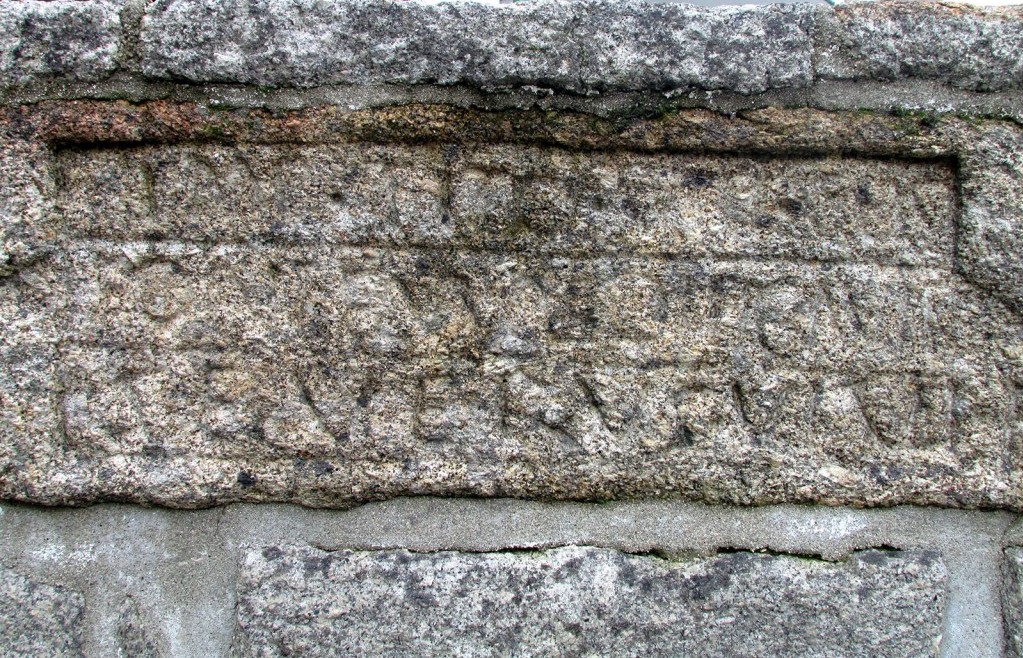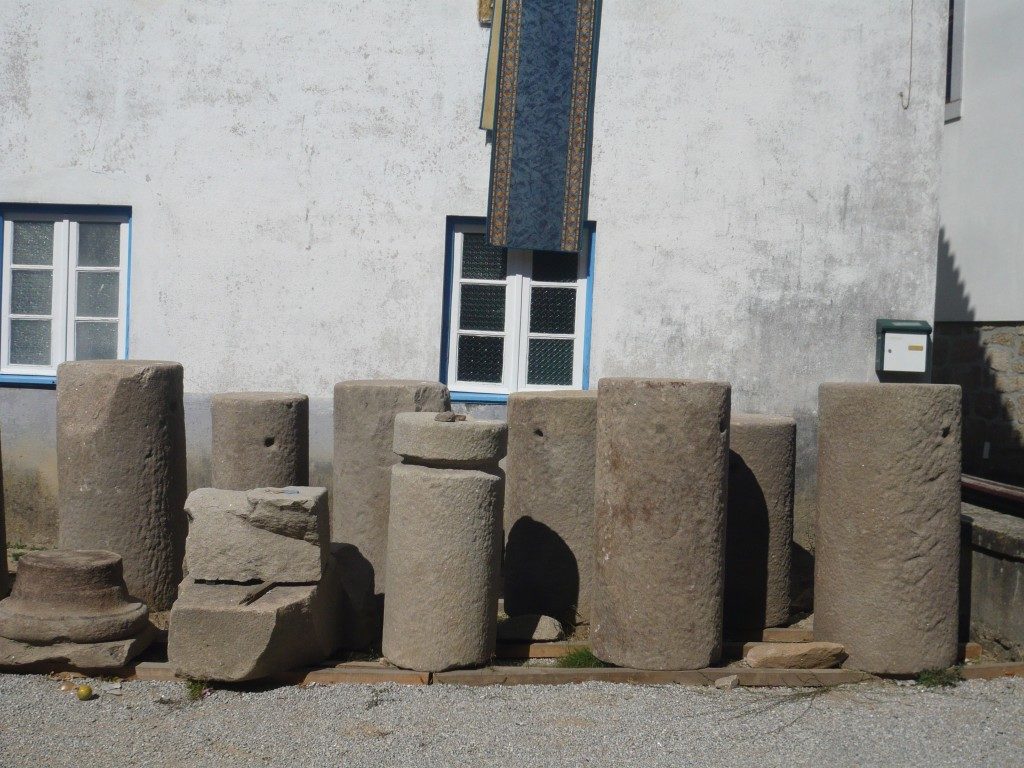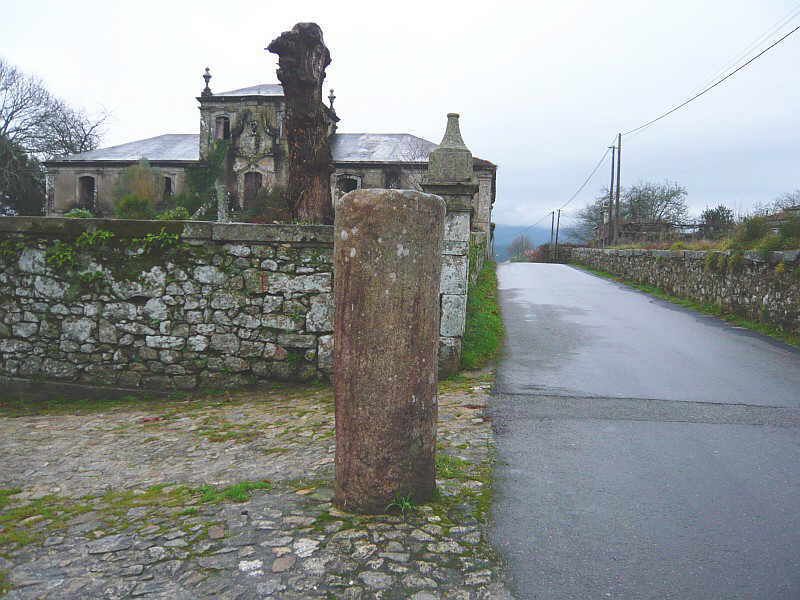(Originally published on November 9, 2011)
This set of 5 milestones belonging to the Roman road between Bracara Augusta (Braga) and Tuda (Tui) were found by the public road company «Estradas de Portugal» while doing rehabilitation works. They are now together on the new premises of the company on the number 1114 of the national road EN203 in Darque. It was time to return these “walking” milestones to their places of origin where they would be more valued more than on the grounds of a compound without public access. Coordinates: 41.681401, -8.770130
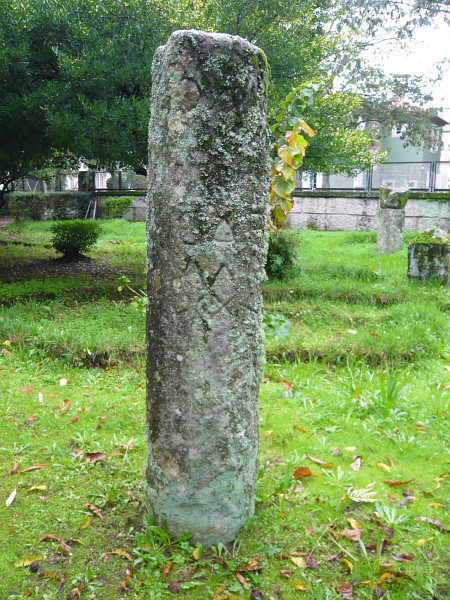
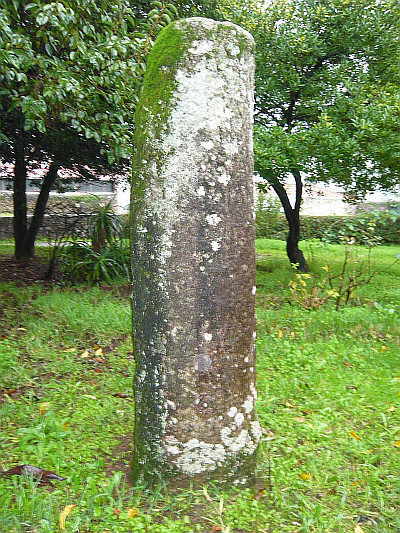



Bibliography: RODRIGUEZ COLMENERO, Antonio; FERRER SIERRA, Santiago; ÁLVAREZ ASOREY, Rubén D. (2004) – “Miliarios e outras inscricións viarias romanas no noroeste hispánico ”. Lugo: Consello da Cultura Galega. (available on this link)
vide route here – http://viasromanas.pt/#braga_tui






